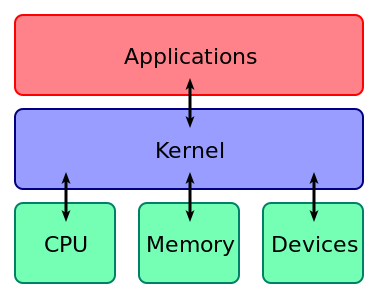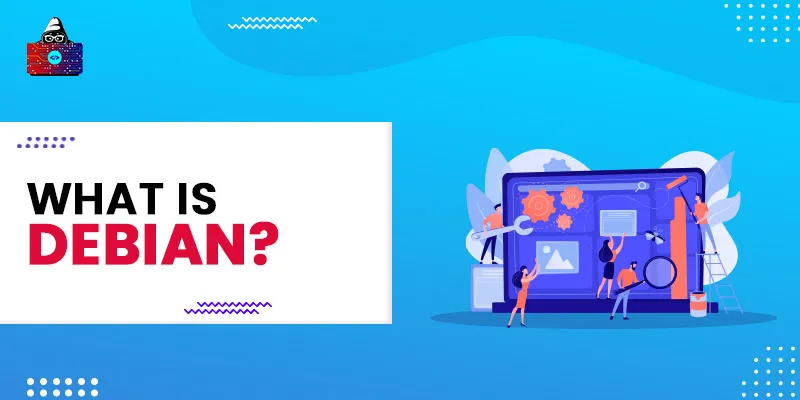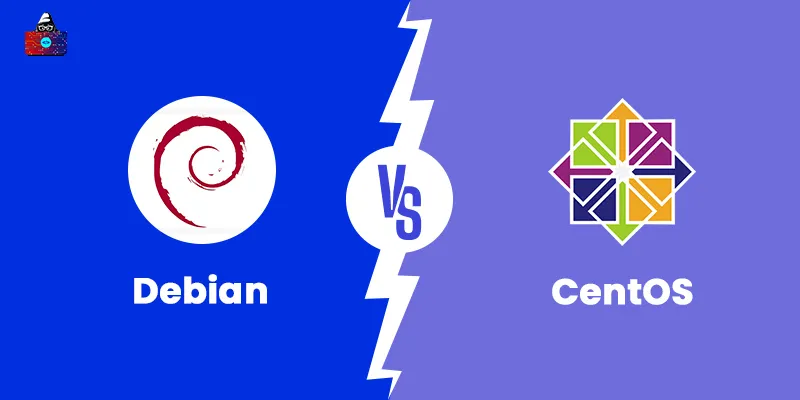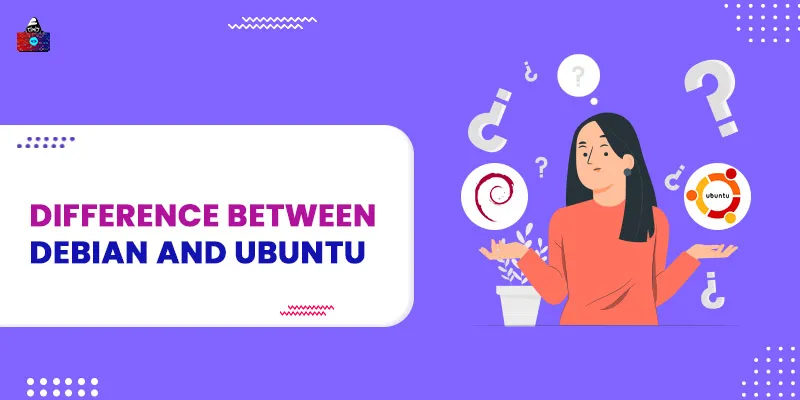Introduction
Debian is a popular Linux distribution and also one of the earliest Linux distributions. It can be used for a wide range of development activities. In this post, we will go through the Debian Operating System introduction, history, and features.
We'll start with a few technical words to assist you in distinguishing between a Kernel and an Operating System. Later, we'll look at 5 sample commands to show how Debian works. Let's get started.
What is Kernel
The kernel is the most basic and crucial part of an operating system that has access to all the operations of the CPU. It is the program that controls all of the other applications on the machine. When the computer boots up, it performs some initialization (booting) function, such as a memory check. It is in charge of allocating and releasing memory space, which allows the software to operate.

What is Linux Distribution
A Linux distribution (abbreviated distro) is an operating system composed of a software collection based on the Linux kernel plus, in many cases, a package management system. Typically, Linux users get their operating systems by downloading them in the form of an image or from the repository. A few popular Linux distributions are Ubuntu, CentOS, Debian, etc.
What is Debian anyways?
The GNU/Linux operating system serves as the foundation for the Debian operating system. Debian is based on Linux Kernel. It was one of the original Linux distributions and continues to be widely used even in today’s development world. It served as the foundation for a number of other distributions, including Ubuntu, Mint, Kali, and others.
Debian installs applications using the apt-get or aptitude package managers. It's commonly used as a server or workstation operating system. The current stable version of the Debian distribution is Debian 11 (bullseye), launched in 2021. The release cycle of Debian distribution is usually around two years. Debian LTS is supported by a group of separate individuals from Debian’s project.
History of Debian
Ian Murdock first launched Debian on August 16, 1993, calling the system "the Debian Linux Release." Prior to the release of Debian, the Softlanding Linux System (SLS) was a popular Linux distribution and the foundation for Slackware.
Features of Debian
Although there are hundreds of features available in the Debian distribution, let’s discuss a few of them which will be most beneficial for common tasks.
- Open Source
- Security, Privacy, and multiple Identities Management
- Free to use, and we can contribute to the source code
- Community support
- Easy installation
- Multitasking
- Advanced algorithms for efficient process management
- Debian supports desktop environments like XFCE, GNOME, KDE, MATE, Cinnamon, LXDE, and LXQT.
Debian Commands Examples
A “command” is a Debian operating system utility. Commands may be used to do any simple and sophisticated operations. These instructions are executed using the Linux terminal. The terminal may be used to accomplish any administrative tasks. Installation of packages, file manipulation, and user administration are all provided. Let’s see five common Debian commands to see if it’s working.
sudo
This command, which stands for "SuperUser Do," allows you to do activities that need administrative or root privileges.
PWD
The abbreviation for “Print Working Directory” is
pwd
. It returns the path to the working directory, beginning at the root.

mkdir
This command is used from the Linux terminal to
create new directories
.

ls
ls
is a Linux shell command that displays a directory and file list.

cd
The
cd
command is known as the “change directory” command in Linux. It's used to change to a new working directory.

Conclusion
We went over the Debian operating system's introduction, features, and demonstration. You've probably figured out why Debian is such a popular Linux distribution by now. It has all of the capabilities that a developer requires for creating large-scale applications, making it one of the best platforms for delivering heavy software.
People are also reading:




Leave a Comment on this Post